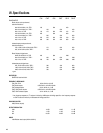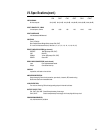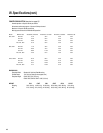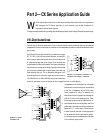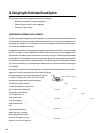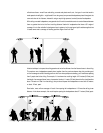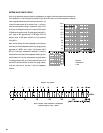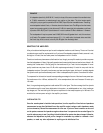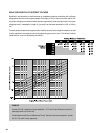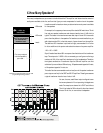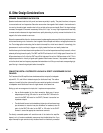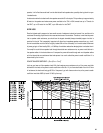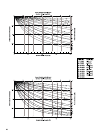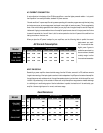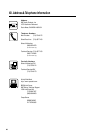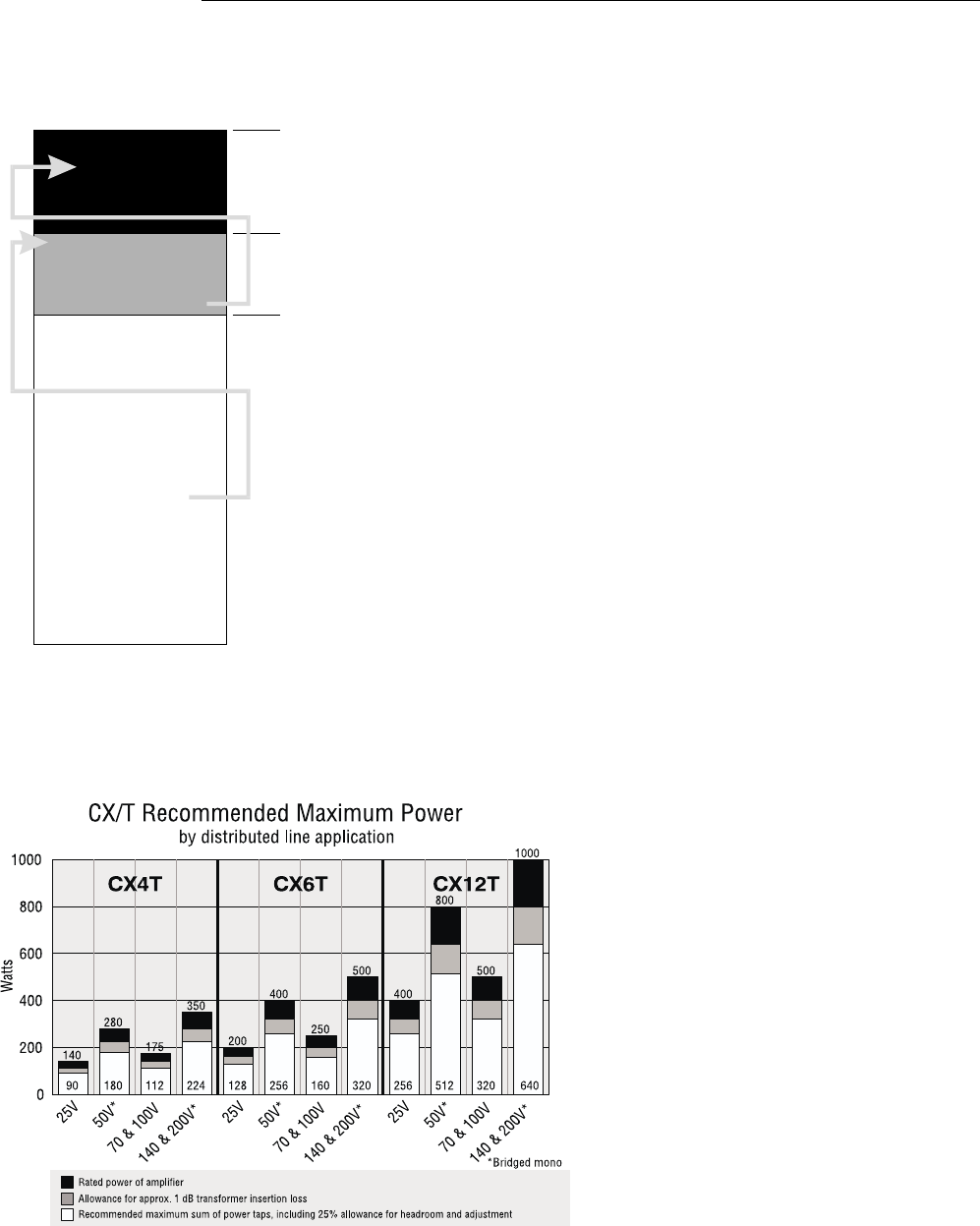
25
X. How Many Speakers?
How many loudspeakers can you connect to the distributed line? The amplifier itself determines the amount of
audio power available to the line, and from that figure you must compensate for insertion loss in the speaker
transformers and for headroom when you determine how much power is available
for the speakers.
For example, let’s suppose you have an amplifier rated at 500 watts into a 70-volt
line, and your speaker transformers each have an insertion loss of 1 dB, which is
typical. The losses in the transformers mean that they will draw 25% more audio
power than they deliver to the speakers. For headroom, as mentioned before, you
add at least another 25% to the total amount of power drawn from the amplifier.
The additional 25% headroom is optional but highly recommended. It will allow
for future additions to the system and reduce the stress on the power amplifier.
1.25 x 1.25 = 1.5625
So you’ll need at least about 56% more power than the total sum of the transformer
taps. The reciprocal of 1.5625 is .64, so conversely you can figure on allowing a
maximum of 64% of the amplifier’s rated power for the loudspeakers. Therefore,
the highest combination of transformer taps the 500-watt amplifier can drive
satisfactorily is a sum of about 320 watts, e.g., 32 speakers each tapped at 10 watts,
or 64 speakers tapped at 5 watts, etc.
This table lists the recommended maximum load (sum of all speaker transformer
power taps on one line) for the CX6T and CX12T amplifiers. These figures assume
a typical transformer insertion loss of about 1 dB.
You can, of course, use different output configurations on
the two amp channels if it’s not operating in bridged mono
mode. For example, one channel of a CX12T could drive a
70-volt line loaded at 320 watts while the other channel
drives a 25-volt line, or even a direct loudspeaker.
For every watt put
into the speakers,
you need…
…approx. 1/4 watt
more to compensate
for transformer
insertion loss*
…+25% for
headroom.
†
*assuming a typical insertion loss of 1dB
†a good engineering practice
1 watt
1.25 watts
1.56 watts



